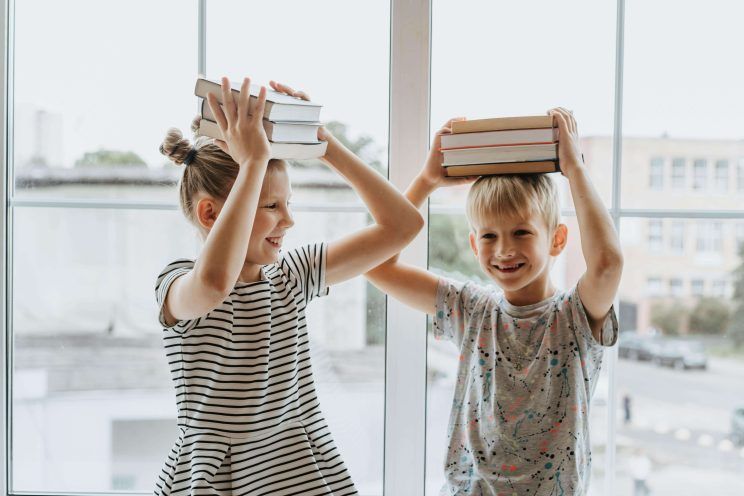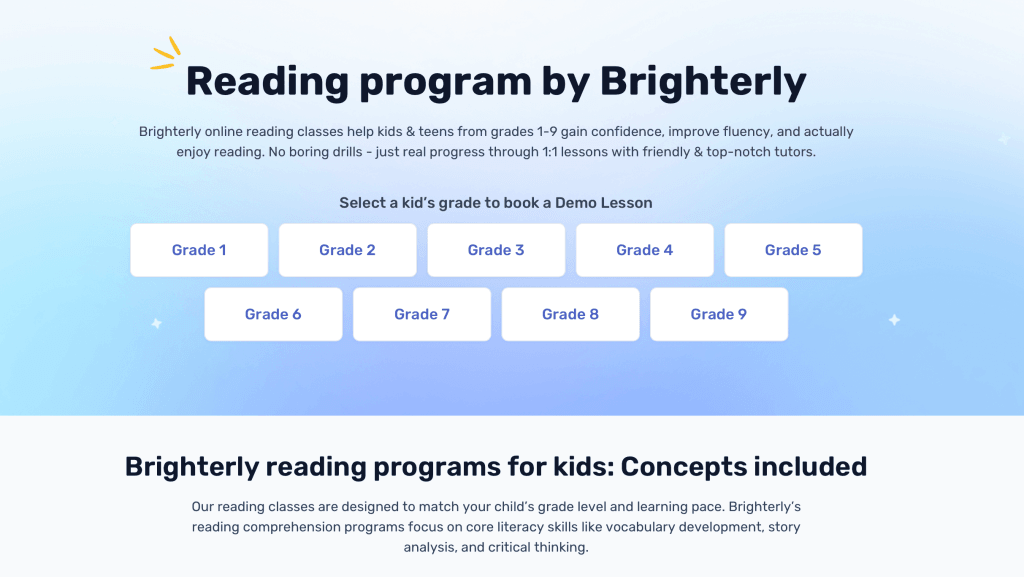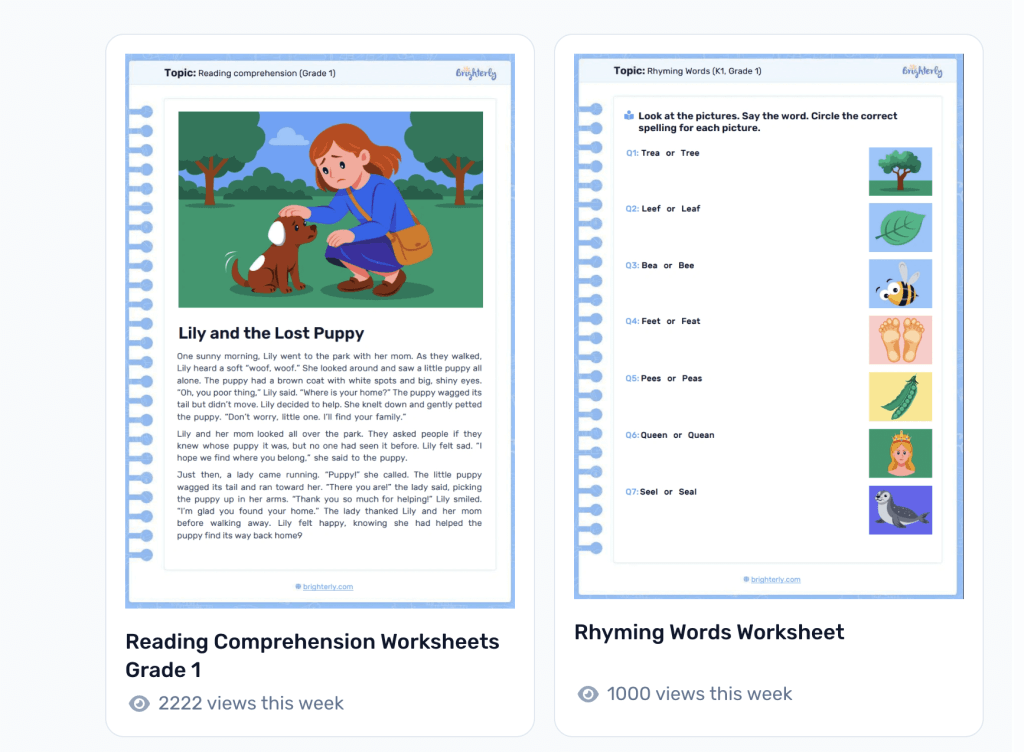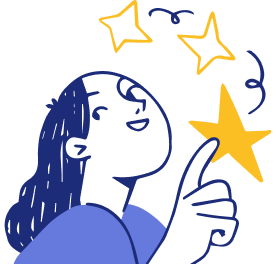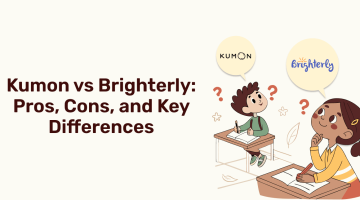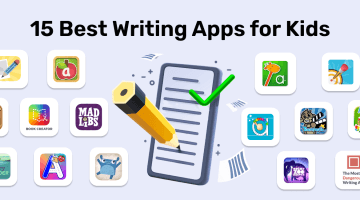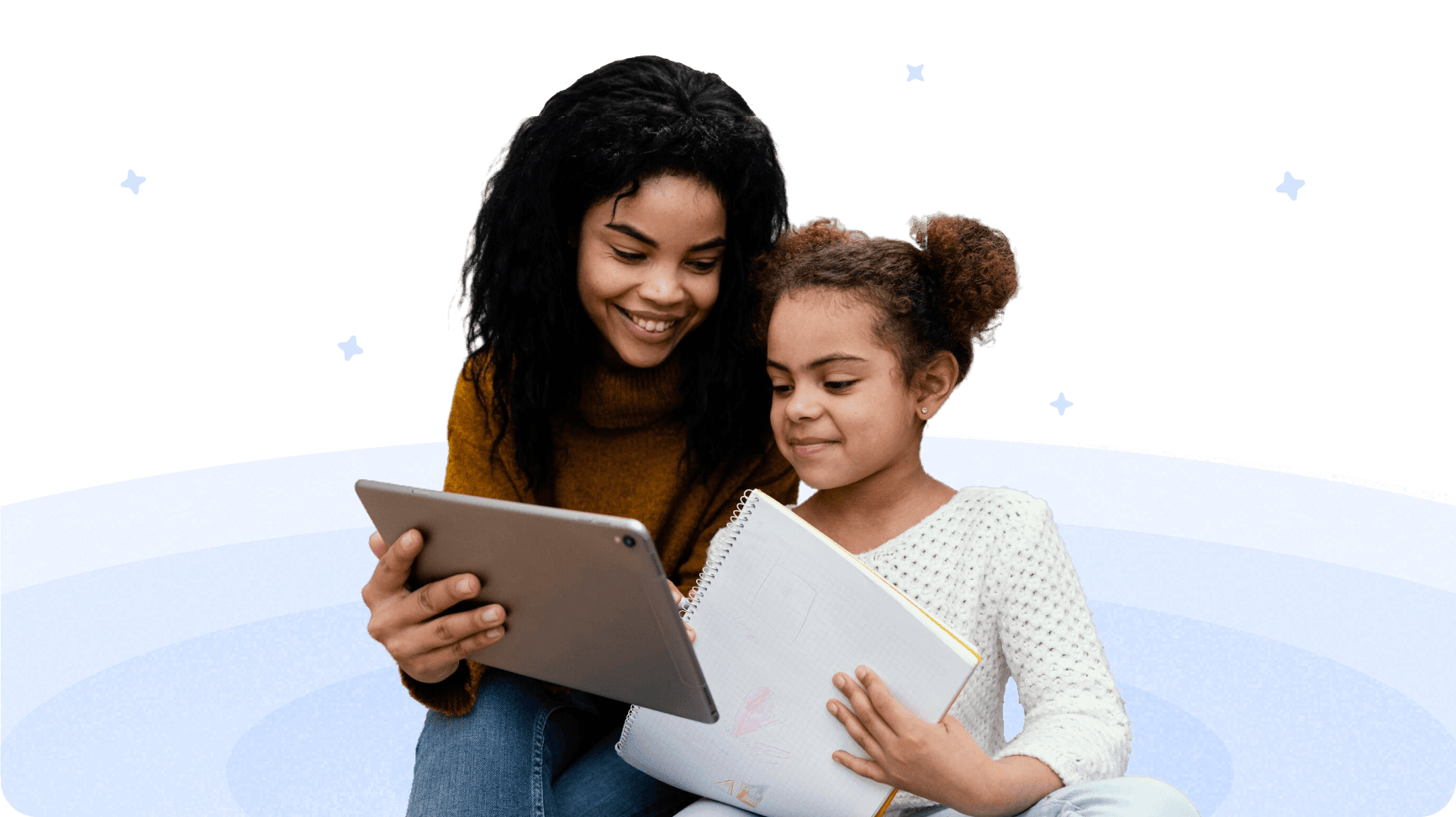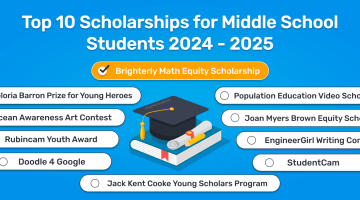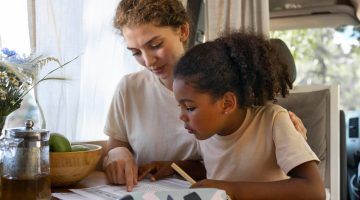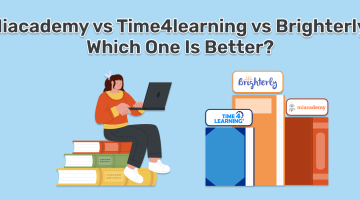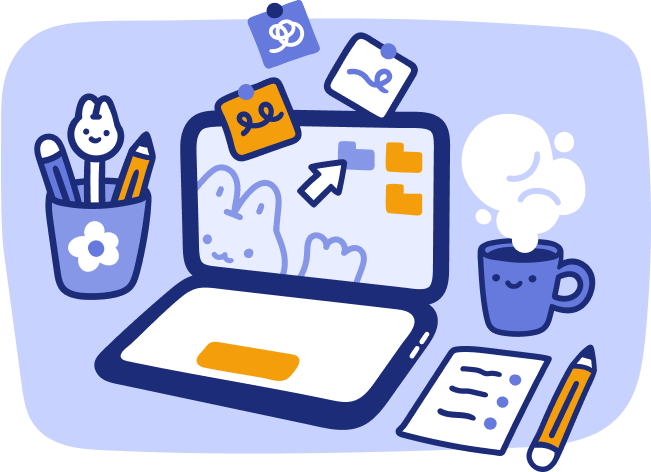How to Help My Second Grader with Reading? Best Strategies for Parents
reviewed by Janice S. Armas
Updated on October 22, 2025
Already by the 2nd grade, kids should start to make sense of what the story is about. If you’re a parent wondering, “How to help my second grader with reading?” – you’re in the right place. I’ll walk you through methods to support your child to make reading feel like a journey rather than like a chore.
What do 2nd graders learn in reading?
According to the Common Core State Standards, 2nd graders should strengthen reading fluency and accuracy, understand main ideas, and expand vocabulary. They should also explain characters, events, and key points, and comprehend texts by year end.
What level of reading should a 2nd grader be at?
On average, a second grader’s reading level is between 300L and 500L on the Lexile scale. By grade 2, children usually build core reading skills 2nd grade kids need – tackling short chapter books, simple non-fiction, and stories with a clear structure. To add, don’t stress if your child’s score is a bit behind – every child learns at their own pace, and steady progress matters more than numbers.
Note: To succeed in the reading process, it’s important to gradually help your child develop the right soft and hard skills. Let’s explore each of these skills in detail below!
2nd grade reading skills checklist
- To read fluently
- To comprehend and understand the meaning of the story
- To read texts with an expression
Fluency reading
Fluency means reading without stumbling over every other word. If you’re wondering how to help my 2nd grader with reading, focus on making them sound more like storytellers than robots. For example, instead of slowly saying “The… cat… sat… on… the… mat,” encourage them to read the whole sentence naturally. Reading full words and phrases helps their brains focus on understanding the story, not just decoding words.
Comprehension
Comprehension is at the heart of reading. Using comprehension strategies for 2nd grade, kids learn not just to say words, but to grasp what’s happening, identify main characters, follow key events. In practice, a child should be able to retell the story in their own words or answer simple questions about the plot. Some parents might think this can be skipped, but using comprehension activities for 2nd grade helps ensure a child understands what they read. Without comprehension, reading becomes mechanical, making it much harder to tackle more complex texts later on.
Expression in text
Reading aloud expressively is not only helpful, but can also be a lot of fun! This reading help for 2nd graders works perfectly. Kids understand characters better while practicing their voice and acting skills. How to try it in practice? Pick a favorite fairy tale and read it together like actors in a play, switching voices for different characters. Your child will love it.
Why is my 2nd grader struggling with reading?
- Gaps in foundational skills: Sometimes kids miss mastering phonics, sight words, or decoding strategies in the 1st grade.
- Limited practice: Like any skill, reading needs daily exercise.
- Distraction or low motivation: Some students simply haven’t found the right books that would interest them.
- Vocabulary challenges: A smaller word bank can make reading slower or frustrating.
- Learning differences: Dyslexia, ADHD, or other conditions can make reading challenging, but all of these can be addressed with the right support.
Note: Dear parents, don’t worry! From my own experience, all of these challenges can be improved with regular practice.
How long should a 2nd grader read each day?
Experts recommend 15-20 minutes of reading per day. This doesn’t always have to be silent reading. For developing strong 2nd grade reading skills, it can include reading aloud together or even acting out scenes from stories. The key is consistency.
How can I help my 2nd grader with reading fluency?
- Read aloud to your child every day. It might seem simple, but it shows them how to read smoothly and with expression.
- Have your child reread the same short passages a few times. They’ll see how much easier it gets and feel proud.
- Try learning short poems or dialogues together. This is so useful for memorizing.
- One more thing I’ve noticed – kids love hearing themselves read. Record them on your phone or video, then let them listen. It turns practice into a little game. They will also note their mistakes better.
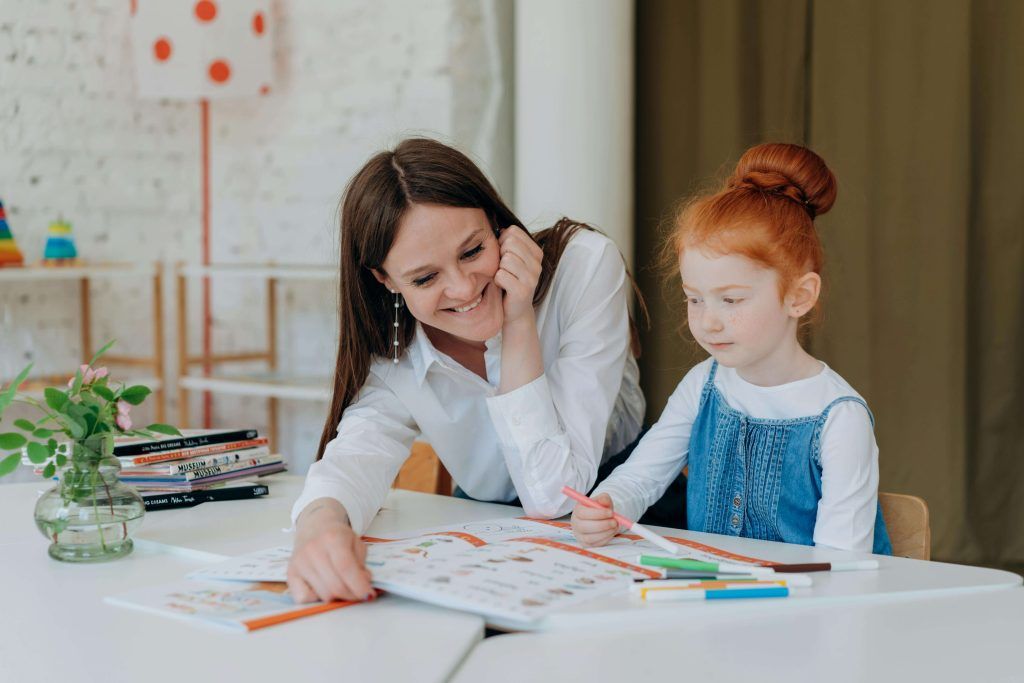
Top 10 reading activities for 2nd grade
- Using an online program
- Letting your child choose books
- Asking W-questions
- Role-playing and recording
- Using sight word cards
- Learning short poems
- Enjoying family book + movie night
- Story mapping
- Using technology wisely
- Reading and rereading
#1 How to help 2nd grader with reading using an online program
Best for: kids who struggle with reading and need personal support
I suggest looking into well-known programs like Brighterly math and reading platform. It’s a professional platform that helps kids grow into confident readers in the English language.
Brighterly features
Free reading worksheets
Brighterly offers free 2nd grade reading worksheets designed for your child’s level. They cover every key skill for 2nd grade reading needs. The tasks are well-structured and fun, with pictures and small games included, all of which help kids understand the context of the text.
Certified reading tutors
If you don’t always have time to read with your child at home, tutoring can make a big difference. At Brighterly, you’ll find certified tutors who are carefully chosen and have plenty of teaching experience. This is a great option if you’re wondering how to help a second grader with reading. Your child gets a reliable mentor, and since lessons are online and one-on-one, the focus is always on them.
Note: Brighterly’s highly qualified teachers design lessons that align with the US state standards, ensuring your child practices reading in a meaningful, skill-building way.
#2 Letting your child choose books
Best for: building motivation and independence
This is a simple but effective approach. When kids pick the books themselves, they get more excited about reading. Just make sure the book matches their level so they don’t get frustrated. Giving them a choice lets them feel independent and more willing to practice.
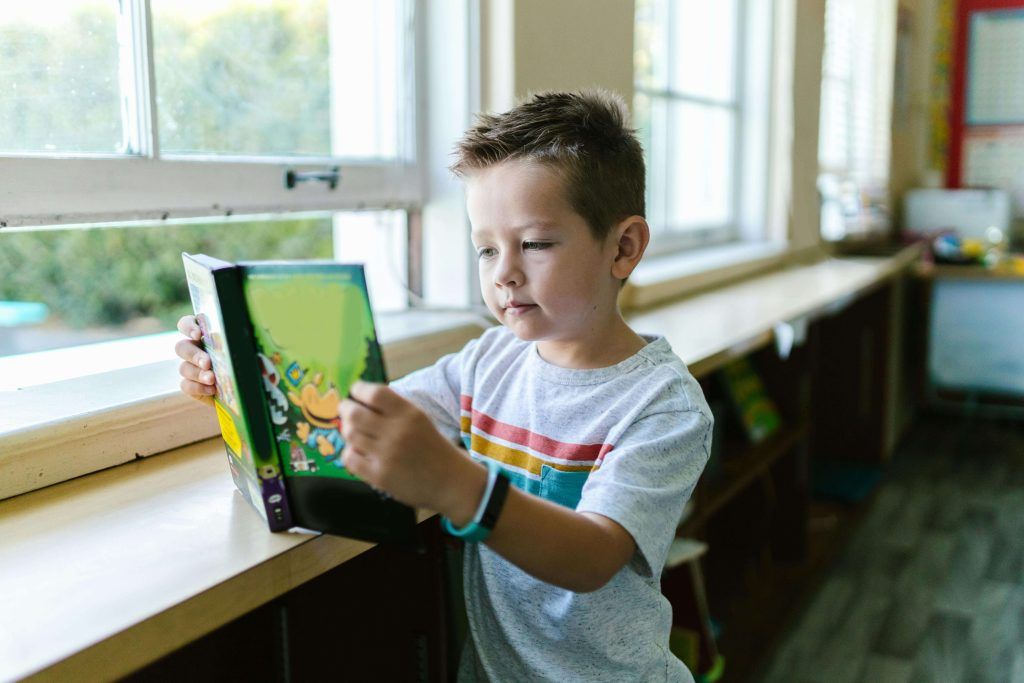
Note: Make sure the book isn’t above your child’s level. If it feels a bit tricky, read it together and turn it into a cozy moment.
#3 Ask W-questions
Best for: deeper understanding and developing thinking skills
What activity best improves fluency? In my opinion, it’s asking a child simple “W-questions” like Who? What? Where? Why? Kids love to share their thoughts, and these small talks help them understand stories on a deeper level. Instead of just saying words, they start noticing the meaning behind them.
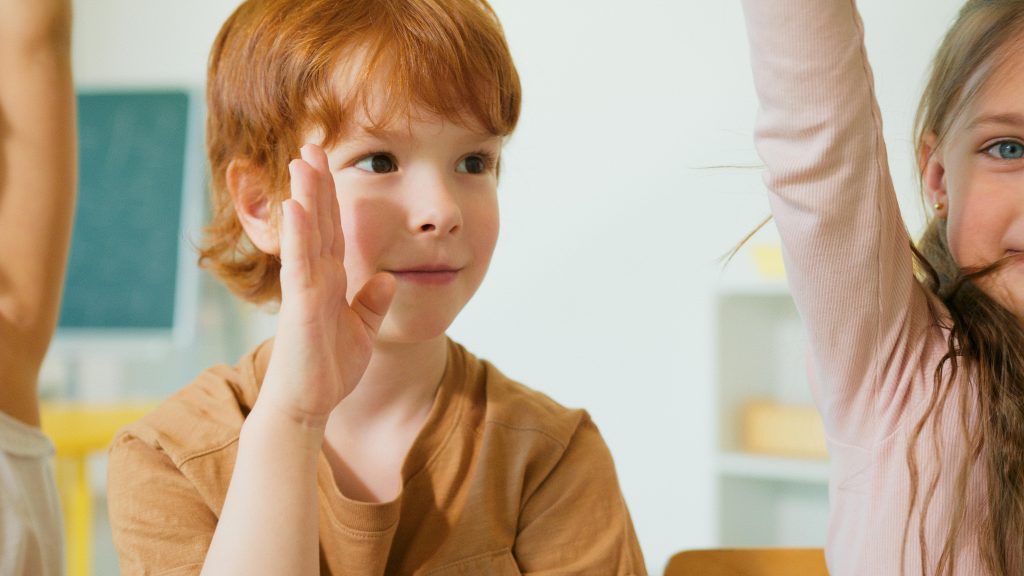
How to help my child with reading comprehension using W-questions?
- Keep the questions natural, like you’re just talking.
- Let your child explain in their own words, even if it’s short.
Note: Don’t push for perfect answers. The goal is to keep the conversation flowing and make reading more than just reading words.
#3 Role-play and recording
Best for: building fluency and making reading fun
Turn reading into playtime. Pretend you’re the characters in the story and bring a bit of performing arts to it by using dramatic voices. Kids love it when books feel like performances. To make it even funnier, record your child on your camera. They’ll be excited to hear themselves and discover how much better they sound over time.
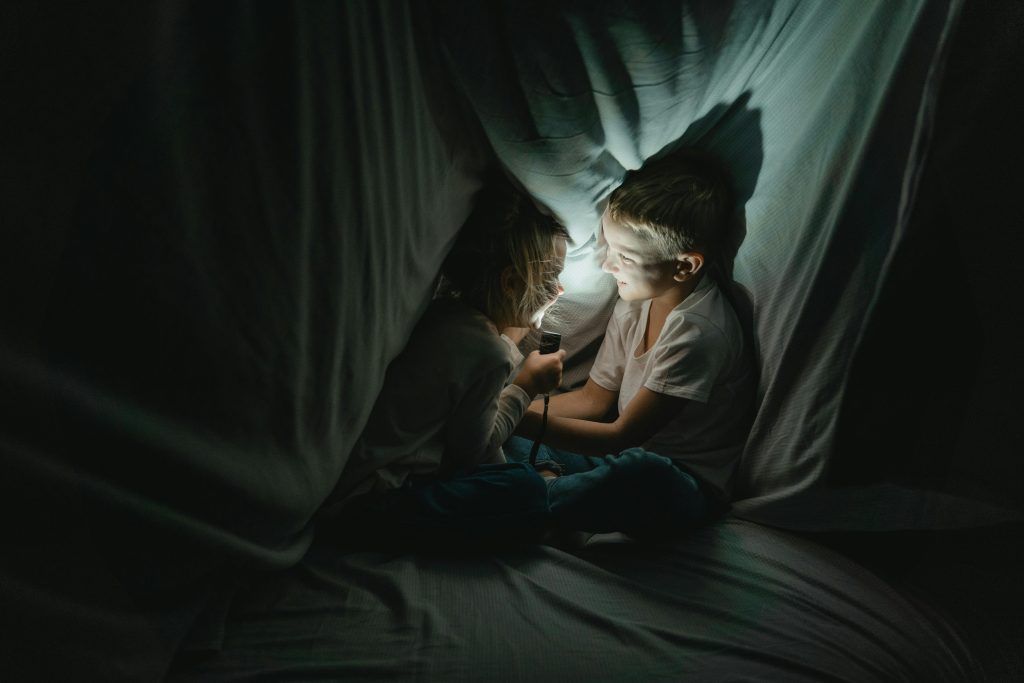
How to help 2nd grader with reading fluency when role-playing
- Choose short dialogues or stories with clear characters.
- Now switch roles! This way, your child can open up even more and have extra fun.
Note: Kids usually don’t get tired of this quickly, so let them have fun and repeat as much as they want.
#4 Sight word cards as 2nd grade reading activities
Best for: helping kids recognize and remember words visually
This activity is really fun and interactive. You can make or buy flashcards with different words, then use them in simple games. Using these playful methods is one of the best 2nd grade reading strategies to help children remember words visually and make learning exciting.
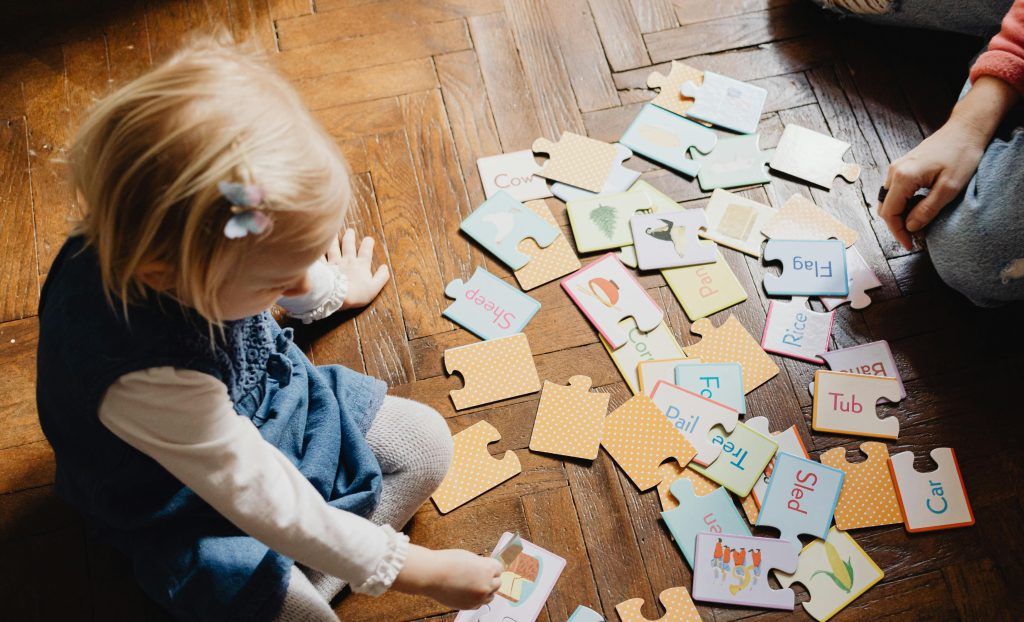
How to help 2nd grader with reading comprehension using sight word cards
- Pull a card and read it together. Give them small clues to help spot the word.
- Hide the cards around the house for a mini treasure hunt.
- Pick a word for the day and look for it in daily life (outside, in the store, or in a story).
Note: Make sure the unfamiliar words match your child’s reading level, or read them together in a story so they don’t get frustrated.
#5 Learn short poems
Best for: improving memory and fluency
Learning short poems or children’s songs is a classic method, but it really works. It helps kids remember words, read with rhythm, and practice expression. Plus, it can turn into a fun family tradition.
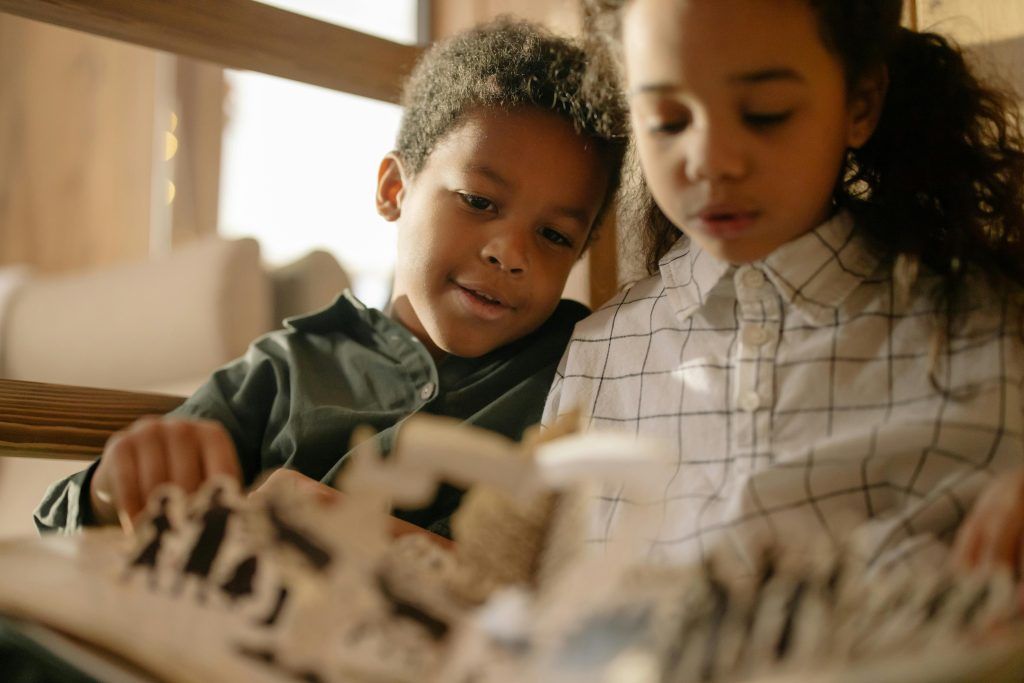
How to improve memory with short poems
- Pick short poems or simple children’s songs suitable for your child’s level.
- Encourage your child to recite the poem aloud with expressions.
Note: Keep the poems short and fun. Don’t stress about perfection; the goal is to practice.
#6 Family book + movie night
Best for: enjoying stories and boosting comprehension
Parents often ask about reading help for 2nd graders free to use. In fact, reading interesting books together as a family, snuggled up with blankets or in a cozy reading center is probably the best option affordable for anyone. After finishing the book, watch the movie together and notice the differences in perception across family members. Talk about your favorite parts, the characters, or the story twists.

Note: The goal isn’t just to compare the book and movie but to spark fun conversations. Keep it light so your child feels excited to read more.
#7 2nd grade reading help through story mapping
Best for: helping kids see the beginning, middle, and end of a story
Story mapping is when you break a story into parts. It helps kids see how events connect and makes it easier to remember what they read.
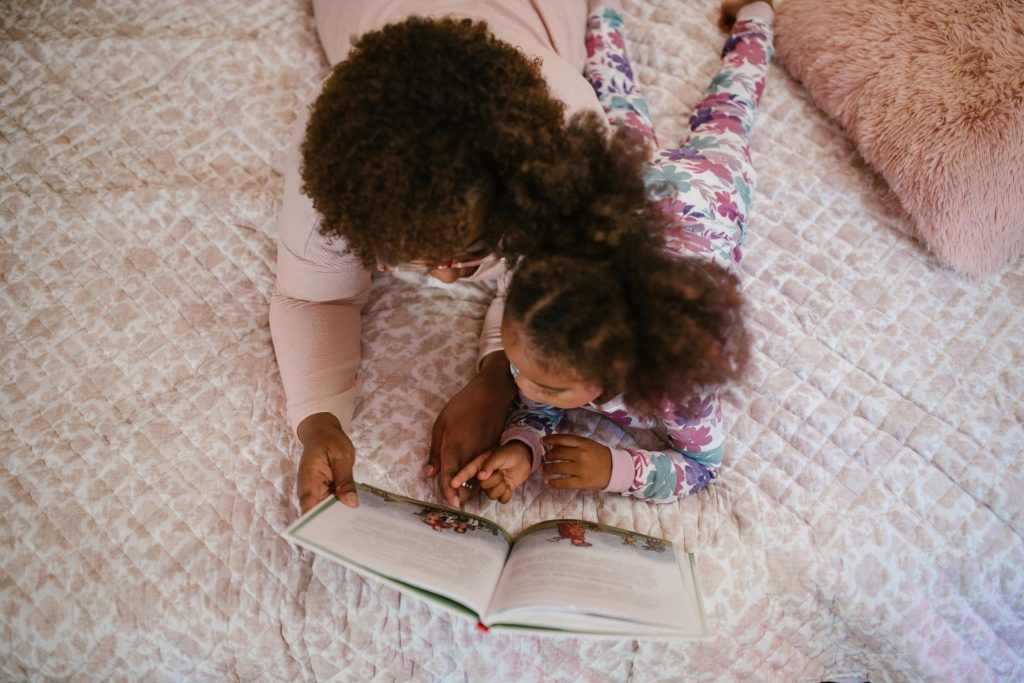
How to teach a second grader to read with story mapping
- After reading, ask your child what happened first, next, and last.
- Draw three boxes and write or doodle the events together.
- Set aside a little time to talk about the characters, the problem, and how it was solved.
Note: You don’t need perfect drawings or long summaries; even quick doodles or a few words are enough.
#8 Use technology wisely
Best for: kids who adore playing with phone apps
Technology can be a great reading helper when it feels like play. A proper app for second graders should have fun game elements like earning points, unlocking levels, or meeting new characters.
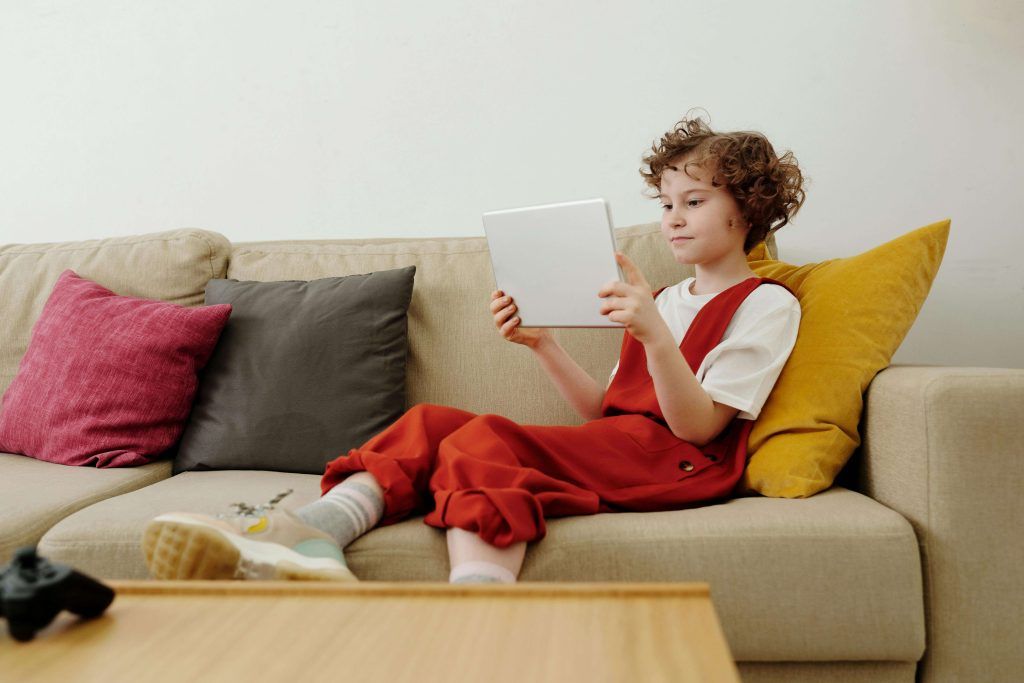
At the same time, it is critical for the app to include real practice reading words, building sentences, and exploring stories.
Note: Keep an eye on screen time. 20-30 minutes a day is enough, as kids can easily get carried away for hours.
#9 Read and reread
From my experience, one of the simplest but most powerful ways to improve reading is rereading. The first time, kids focus on reading the words. The next time, they start thinking and noticing new details and remembering new words. By the end, they feel more confident and comfortable with the story.
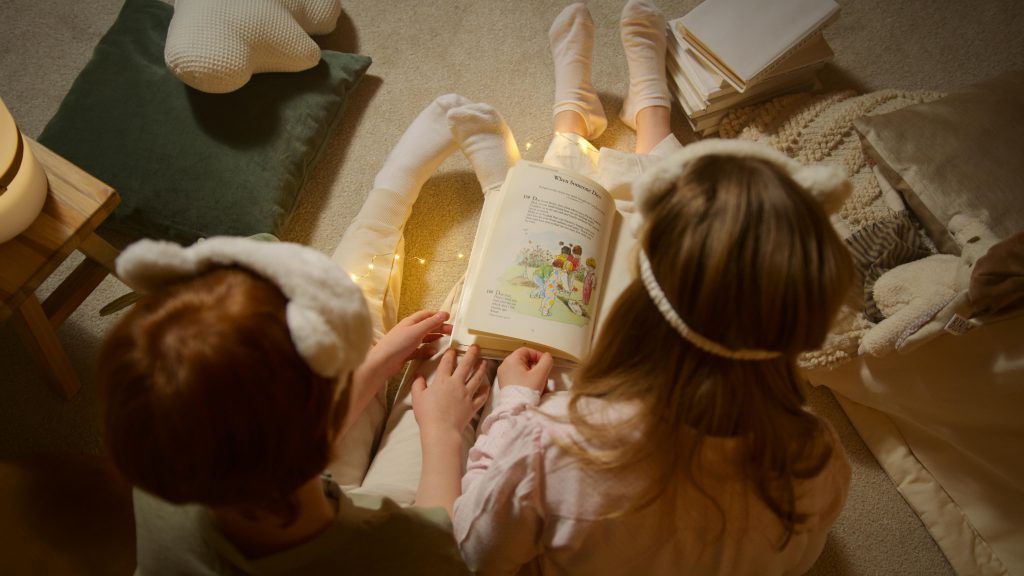
How to teach repeated reading
- Pick short stories, passages, or poems that match your child’s reading level. They shouldn’t be too easy or too hard. Favorite books are great because your child already knows the story.
- Read several times: Have your child read the same passage 2-3 times in one session. The first time is for understanding, the next time for fluency and expression.
- Repeat this 2-3 times a week. It should be short and frequent sessions (10-15 minutes)
Note: Don’t try to read too many books at once – it’s better to focus on one story and read it well. The key is quality, not quantity.
How to help my 2nd grader with reading comprehension? Conclusion
Reading in the 2nd grade is about more than just saying words. It’s about feeling confident, understanding stories, reading smoothly, and enjoying the process. Every child moves at their own pace, and that’s okay. The key is regular practice, playful activities, about what’s been read, and lots of encouragement – so reading becomes a part of daily life.
If you want personalized support, Brighterly is a great option. Before starting lessons, your child takes a 2nd grade reading test to identify strengths and areas for improvement. Based on the results, Brighterly creates an individualized program tailored specifically to your child’s needs. Lessons are one-on-one with certified tutors, and interactive worksheets make learning engaging and effective.
Curious to see how it works? You can book free reading lesson with Brighterly and check if your child enjoys the experience. It’s a risk-free way to help your child grow into a confident, skilled reader.

